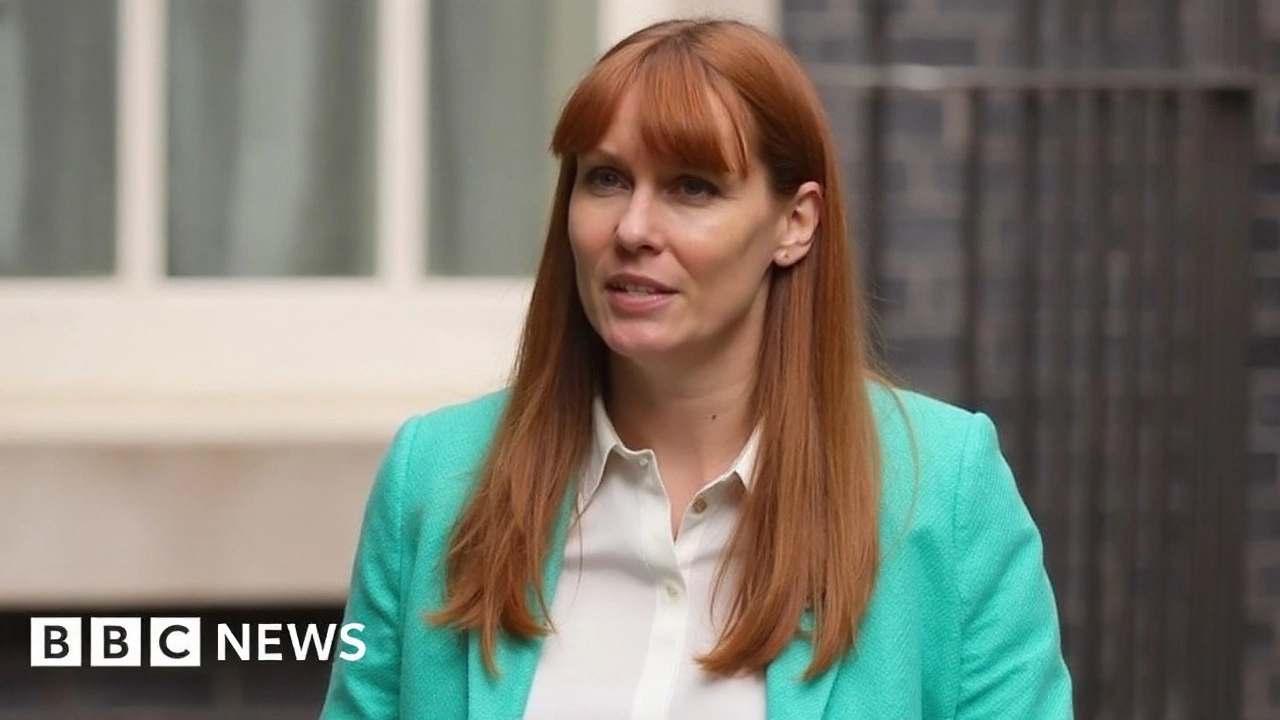Stamp Duty: What It Is and Why It Matters
When dealing with Stamp Duty, a tax paid when you buy a property or land in the UK. Also known as SDLT, it’s collected by HMRC, the government body that enforces tax rules, and it directly impacts how much cash you need at closing. Stamp duty isn’t just a line item; it shapes buying decisions, influences market timing, and even guides where developers focus their projects.
Key Elements of Stamp Duty
The first thing to grasp is that Property Tax, the broader category that includes council tax and capital gains tax, covers taxes related to owning or transferring real estate. Within that family, stamp duty is the specific levy triggered by a transfer of ownership. Its rates are tiered: a base percentage applies up to a certain price band, then higher percentages kick in for each subsequent band. For example, a £300,000 house might attract a lower overall rate than a £700,000 property because the latter crosses into higher bands.
Understanding the rates isn’t enough; you also need to know the process that makes the tax payable. That’s where Conveyancing, the legal work of transferring property titles between buyer and seller comes in. Your solicitor or licensed conveyancer will calculate the exact duty, submit the required form to HMRC, and ensure the payment clears before the title registers in your name. Without proper conveyancing, the transaction can stall, and you might face penalties.
Reliefs and exemptions add another layer of nuance. The most common one is First‑time Buyer Relief, which reduces the amount due on properties up to a certain value, effectively lowering the entry cost for new homeowners. There are also specific scenarios—like purchases of multiple dwellings, shared‑ownership schemes, or transfers linked to corporate restructures—where different reliefs apply. Knowing which relief fits your situation can shave thousands off the bill.
All these pieces—rates, conveyancing, HMRC oversight, and reliefs—interact in a web of rules that change over time. The government may adjust thresholds, introduce temporary holiday reliefs, or tweak band percentages to cool an overheated market. That means staying up‑to‑date is crucial; what you paid last year might not be the same this year.
Below, you’ll find a range of articles that break down the latest stamp duty updates, explain how to calculate it for different property types, and offer practical tips on navigating the conveyancing process. Whether you’re a first‑time buyer, a seasoned investor, or just curious about how this tax shapes the housing market, the collection gives you focused, actionable insight.
Ready to dig deeper? Scroll down to explore each piece and arm yourself with the knowledge you need to make smarter property decisions.
